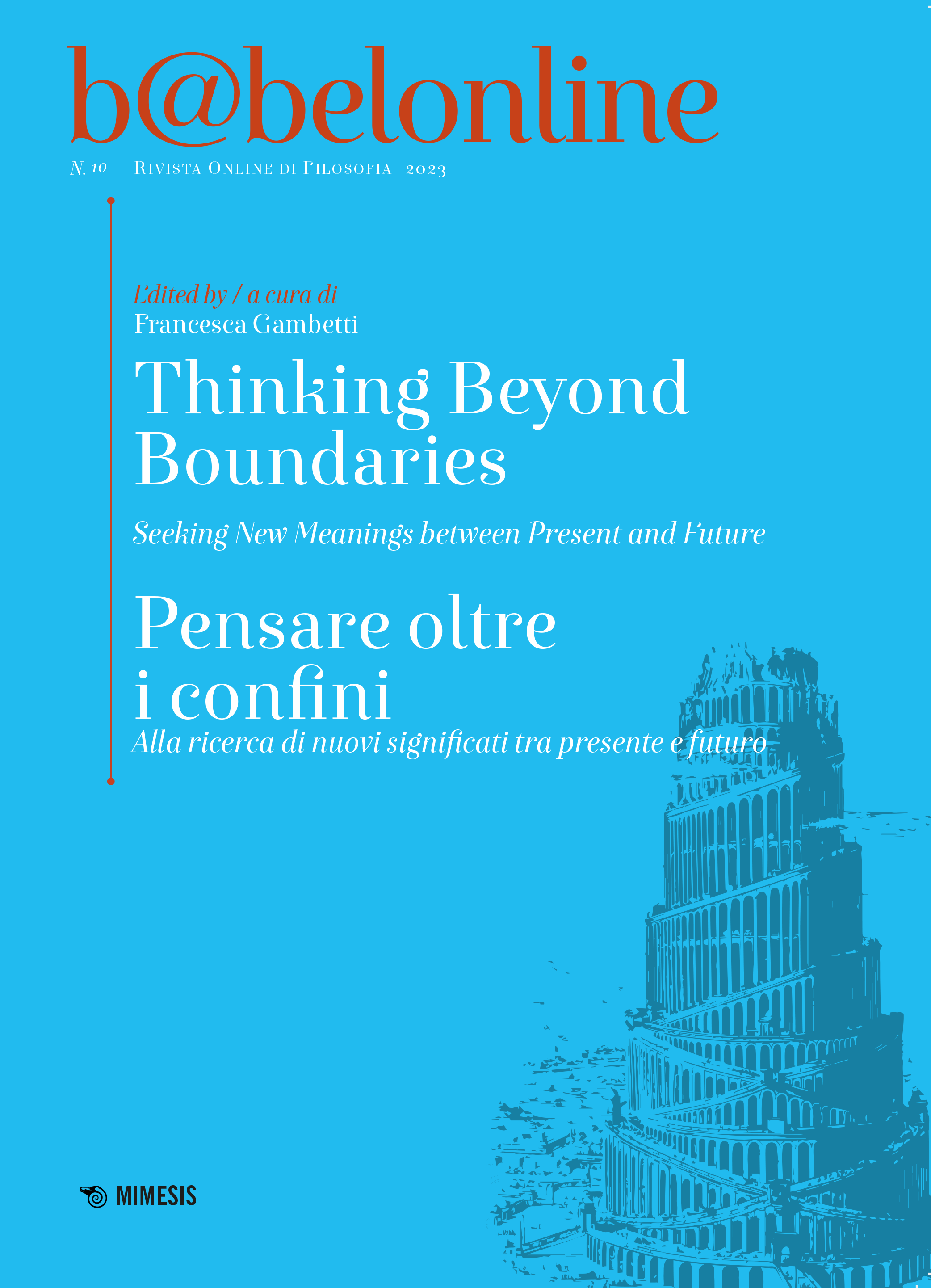Abstract
When the violence of war has overflowed bodies and destroyed cities, histories and traditions, it ends up erasing the recognizable features of cities for entire generations. For this reason, whenever devastated realities can finally be rebuilt in times of peace, it would be right for urban planners and architects to ask themselves the ethical question of how to heal interrupted lives and humiliated traditions through the architectural gesture. The alternative to the enemy’s ‘uberticidal’ plans aimed at destroying identities and belongings passes through a process of reconstruction. Certainly, this implies the question of whether building means erasing any sign of barbarism or maintaining an uninterrupted thread with what has happened, for this reason the architectural gesture has an ethical value in soothing inter-ethnic hatred and enmity. An exemplary case is the city of Sarajevo and its reconstruction.
